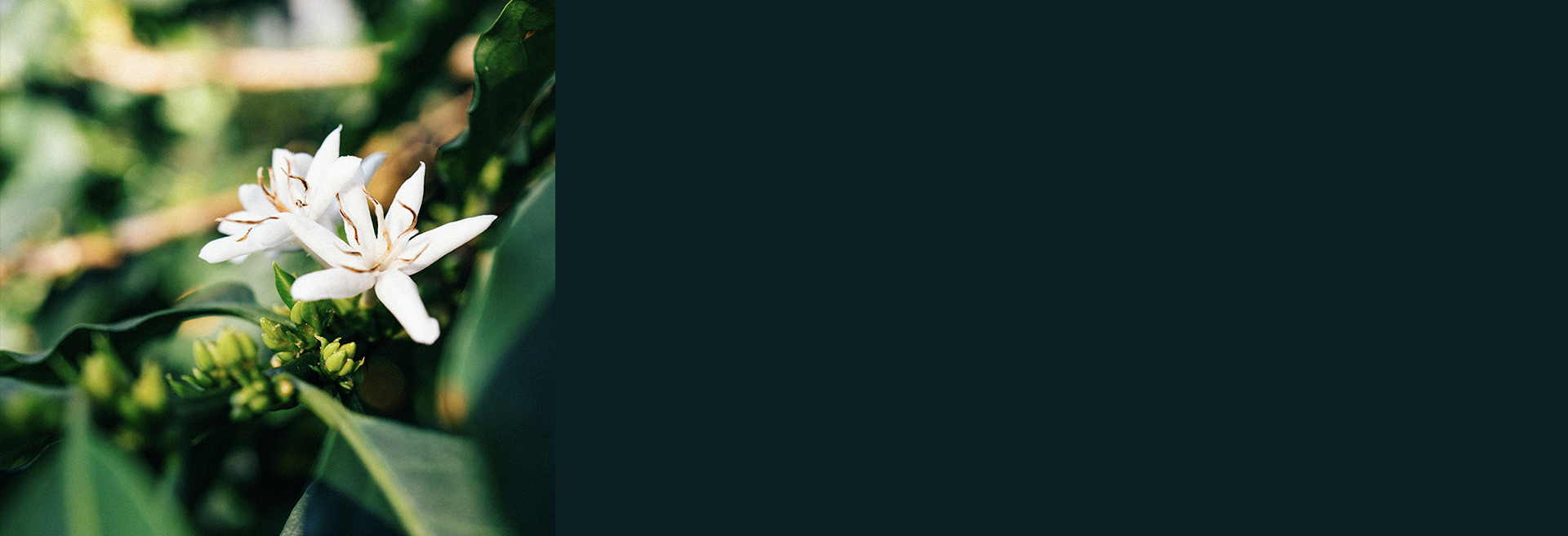Colombia
Villamaria Decaffeinated
250g
*Chemical-free Decaffeinated*
QUALITY SCORE: 85.50
Cup Notes
Brown Sugar / Guava / Honey / Cocoa
Suggested for espresso and filter
when we roast
We freshly roast to order all coffees on Monday, Wednesday and Friday (excluding national holidays), and ship the same day! Cut-off time is 11:59pm (UTC+1) of the day before the roast day. *We only ship whole beans*
Details
- Quality Score
- 85.50
- Series
- Specialty
- Producer
- Several Small Farmers
- Country
- Colombia
- Terroir
- Caldas
- Altitude
- 1800 masl
- Process
- Classic Natural - Raised Beds
- Arabica cultivar
- Colombia & Castillo Naranjal
- Picked in
- July 2020
- Arrived in
- February 2021
- Shipped in
- Jute + GrainPro
- Roast profile by
- Rubens Gardelli
- Roasted on
- Customised solid-drum roaster
THE STORY BEHIND
Villamarìa is the drying station in Chinchinà, a municipality located in the department of Caldas in Colombia. Chinchiná, rich in character and beautiful landscapes, is settled in a valley surrounded by coffee plantations in the Central Cordillera, with an active volcano to the east of it.
The station currently represents the harvests of 30 coffee-producing families in the surrounding Villarazo, Jamaica, sitting at altitudes higher than the drying station itself. As Villamarìa sits at a lower altitude, it is better suited for the processing of honey and natural coffees due to the hotter temperatures found here.
When the coffee reaches relative humidity of 15-20%, the mechanical dehydrator is put into operation to complete the drying with consistent control of the temperature and humidity. This method assists the goal of creating a clean and sweet cup, through the control over as many drying variables as possible, namely humidity and temperature.
THE DECAF PROCESS
SUGAR CANE DECAFFEINATION PROCESS:
Sugar cane decaffeination is often termed as a natural decaffeination process. Ethyl acetate, used in the process, is an organically existing compound (C4H8O2) and a by-product found most commonly during the fermentation of fruits, and it is present in both ripe bananas and beer, just to name a few.
The facility in Colombia, where this lot undergoes decaffeination process, uses water from the Navado el Ruis (a volcano between Caldas and Tolima) and natural ethyl acetate from fermented sugarcane sourced in the southern region of Palmira, Colombia.
The process begins with steaming of the coffee to increase its porosity, which also starts the hydrolysis of caffeine usually bonded to salts and chlorogenic acid in the bean. The beans are then submerged in an ethyl acetate solvent, until 97% of the caffeine is removed. A final steam is then used to lift residual traces of the organic compound.
The ultimate residue of ethyl acetate is less than 30 ppm, which is a level dramatically less than that of a banana!
THE FERMENTATION PROCESS
Dry process seems simple: pick the fruit, lay it out in the sun until it turns from red to brown to near-black, and then hull off the thick, dried outer layer in one step to reveal the green bean. It is a method suited to arid regions, where the sun and heat can dry the seed inside the intact fruit skin.
It's often referred to as "natural coffee" because of its simplicity, and because the fruit remains intact and undisturbed, a bit like drying grapes into raisins. Since it requires minimal investment, the dry process method is a default to create cheap commodity-grade coffee in areas that have the right climate capable of drying the fruit and seed.
But it’s a fail in humid or wet regions. If the drying isn't progressing fast enough, the fruit degrades, rots or gets covered with mould.
Dry-processed coffees can also be wildly inconsistent. If you want a cleanly-fruited, sweet, intense cup, dry process (DP) takes more hand labor than wet process. Even the most careful pickers will take green unripe or semi-ripe coffee off the branch as they pick red, ripe cherry. If these are not removed in the first days of drying, the green turns to brown that is hard to distinguish from the ripe fruit.




